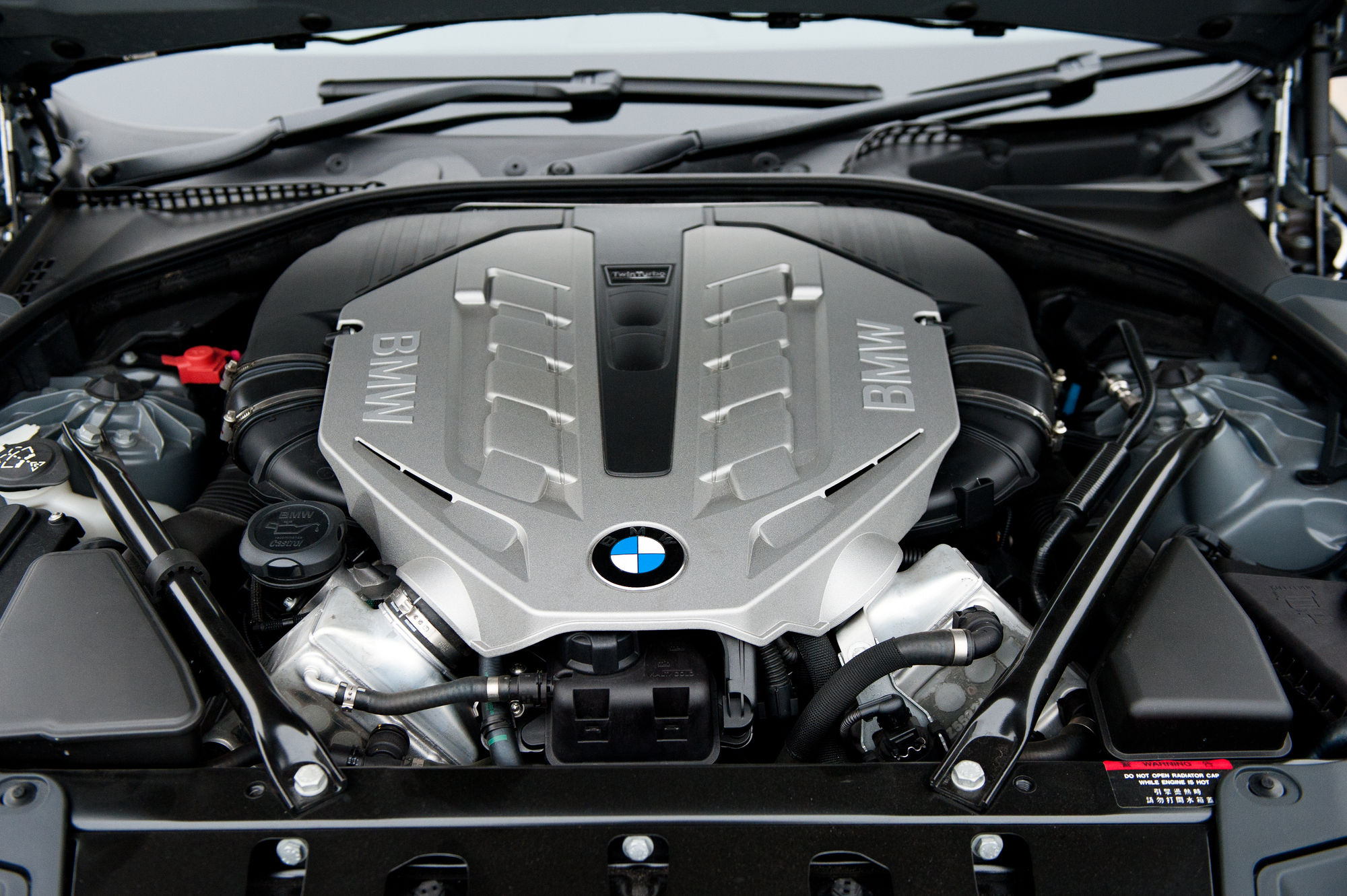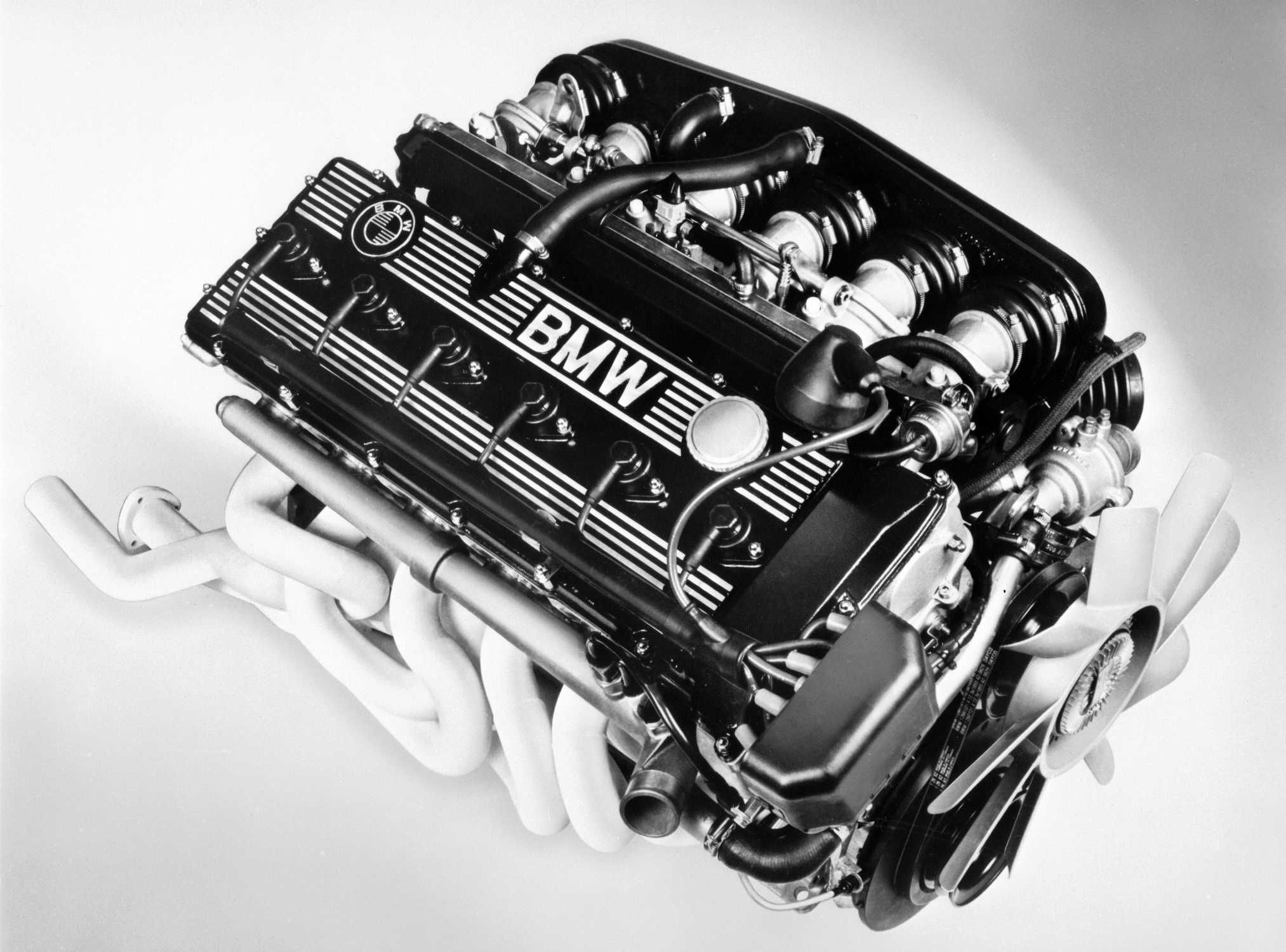Leading 5 BMW Engine Technologies Revolutionizing the Automotive Sector
Leading 5 BMW Engine Technologies Revolutionizing the Automotive Sector
Blog Article
Checking Out the Development of Combustion Engines in Modern Transportation Solutions
As we navigate the landscape of modern transportation, the development of burning engines stands as a testimony to human ingenuity and engineering expertise. The interaction of history, innovation, and ecological issues in forming the trajectory of burning engines produces a narrative that is both compelling and insightful.
Very Early Beginnings of Combustion Engines
Exactly how did the principle of combustion engines initial emerge in the very early stages of transportation growth? The roots of burning engines can be mapped back to the 17th century when the principles of interior burning were first checked out.
The breakthrough moment came with the invention of the very first effective gasoline-powered engine by Karl Benz in 1885 - bmw engine. This engine led the way for the growth of the modern-day automobile, revolutionizing transportation systems worldwide. Succeeding technologies by Nikolaus Otto and Gottlieb Daimler additionally improved combustion engine innovation, bring about the mass production of vehicles and the rapid growth of the transport market
These early burning engines were identified by their simpleness and performance, laying the structure for the facility and effective engines made use of in modern-day transport systems. The advancement of burning engines has contributed in forming the method we take a trip and move items, noting a substantial landmark in the background of transportation development.
Shift to Internal Burning Modern Technology
The transition to internal combustion technology noted a crucial shift in the advancement of transportation systems. This change began in the late 19th century, with inventors like Nikolaus Otto and Gottlieb Daimler developing the initial effective interior combustion engines. These engines revolutionized transport by using a more effective and efficient choice to heavy steam engines and electric motors.
Among the crucial advantages of inner combustion engines was their ability to be reduced to suit vehicles, bring about the advancement of motorbikes and automobiles. This change from bulky, fixed engines to compact, mobile ones led the way for the modern transport systems we see today.
The shift to inner combustion modern technology likewise stimulated improvements in fuel innovation, leading to the growth of gasoline and diesel as key fuel resources for vehicles. This shift not just made transportation a lot more available to the masses yet also laid the structure for the oil and gas sector to end up being indispensable to global economic situations.
Impact of Combustion Engines on Transport
The adoption of combustion engines in transport systems militarized an extensive shift in the performance and speed of worldwide flexibility. Combustion engines transformed transportation by supplying a reliable and flexible resource of power for numerous cars, consisting of cars, airplanes, vehicles, and ships. This development dramatically improved the ability for goods and people to conform fars away in shorter timespan, bring about raised connectivity in between regions and nations.
Moreover, the extensive use burning engines has had a significant effect on financial growth. The ability to transfer goods efficiently has stimulated profession and commerce, allowing companies to expand their markets and reach customers worldwide. This has actually promoted financial development and globalization, my link as products can now be transferred faster and in bigger amounts than ever previously.
Nevertheless, the environmental influence of burning engines can not be overlooked. The burning of nonrenewable fuel sources has actually brought about air contamination and greenhouse gas discharges, contributing to environment adjustment and presenting health threats to populaces. bmw engine. As a result, there is a growing focus on establishing alternative propulsion technologies to minimize these unfavorable effects and develop a much more sustainable future for transportation
Technologies in Combustion Engine Design
Countless improvements in combustion engine layout have propelled the advancement of transportation systems over the years. One significant development is the growth of turbocharged engines, which utilize exhaust gases to drive a turbine that presses inbound air, enabling for more fuel to be burnt, leading to increased power result without a significant rise in engine size. Furthermore, direct injection technology has improved gas efficiency and efficiency by specifically managing the amount and timing of fuel infused right into the combustion chamber. Variable shutoff timing systems have actually also transformed engine style by maximizing air movement at different engine rates, boosting both power and effectiveness. Another significant improvement is the combination of light-weight materials such as carbon fiber and light weight aluminum alloys, decreasing total engine weight and improving automobile gas economic situation. Additionally, advancements in computer-aided design have actually allowed engineers to enhance engine efficiency and efficiency via simulations prior to physical models are built, saving time and sources in the development procedure. These advancements jointly add to the constant enhancement of burning engines in modern-day transportation systems.
Future Trends in Combustion Engine Growth
With innovation advancements driving constant development, the future of burning engine advancement is poised to transform transportation systems internationally. One of the crucial fads in burning engine growth is the press in the direction of greater efficiency and reduced go to my blog emissions.
An additional prominent pattern is the adoption of hybrid technologies in burning engines. Crossbreed engines combine traditional burning technology with electrical power, using improved fuel efficiency and reduced discharges. As the vehicle sector changes in the direction of electrification, hybrid burning engines are seen as a transitional service that bridges the gap in between traditional automobiles and fully electric ones.
Moreover, the combination of wise innovations, such as synthetic knowledge and information analytics, is anticipated to play a significant duty in the future of combustion engine advancement. These technologies can maximize engine performance in real-time, bring about extra reliable burning procedures and boosted total automobile performance. Embracing these future fads will certainly not only drive advancement in combustion engine growth however additionally add to an extra eco pleasant and sustainable transport ecological community.

Verdict
Finally, the evolution of burning engines in modern transportation systems has actually been noted by substantial advancements in modern technology and layout. From the early beginnings of combustion engines to the transition to inner combustion technology, these engines have had an extensive influence on transportation. Advancements in burning engine style remain to drive development in this area, with future trends focusing on more enhancing performance and decreasing discharges. The future of burning engines in transport looks encouraging as study and development efforts remain to push borders.
The origins of combustion engines can be traced back to the 17th century when the principles of internal combustion were first discovered. These engines revolutionized transport by offering a much more powerful and efficient option to steam engines and electric motors.

Report this page